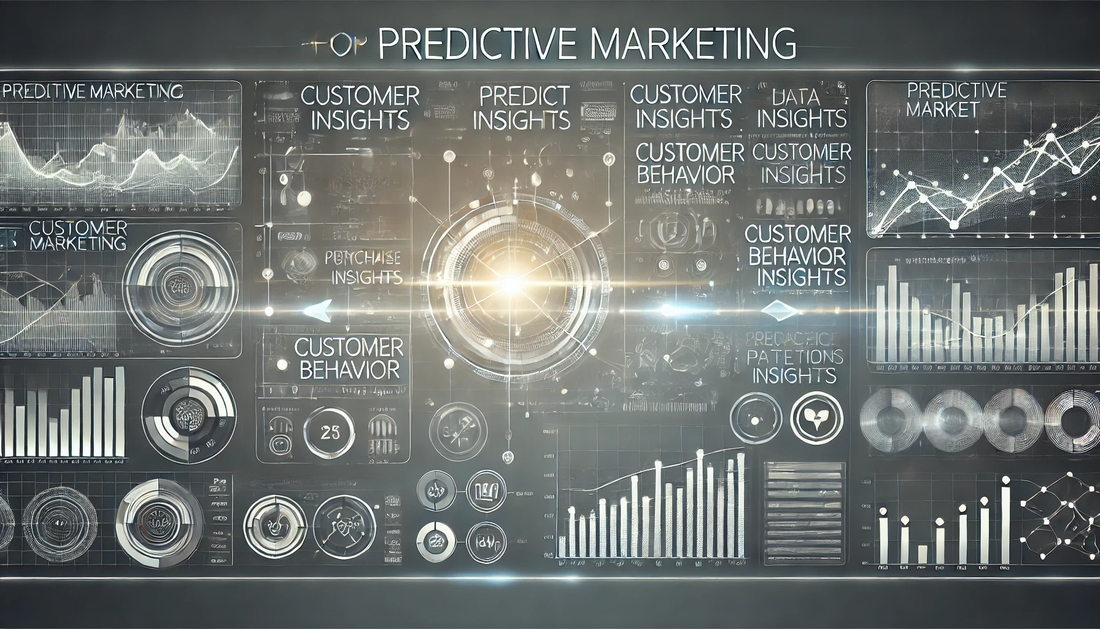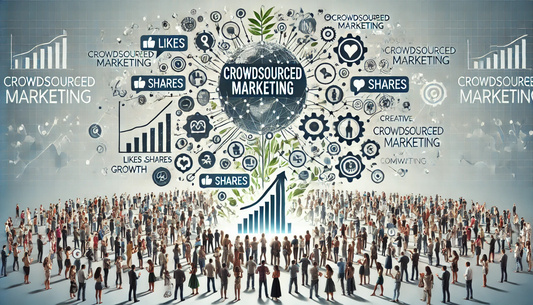🔮 Introduction to Predictive Marketing
Predictive marketing uses data insights, artificial intelligence, and machine learning to anticipate customer behavior. This powerful strategy enables businesses to tailor their marketing efforts based on future customer actions. 🌟
For startups with limited resources, predictive marketing offers a high return on investment by helping them focus their efforts on the right audience at the right time, ensuring more efficient use of their budget. 💰✨
📈 How Predictive Marketing Works
Startups can leverage predictive marketing by analyzing customer data to identify patterns and trends. This allows them to predict what products or services customers are most likely to buy and when they’re likely to take action. 🕰️🔍
By using algorithms and historical data, predictive marketing enables businesses to create personalized and targeted campaigns, enhancing their chances of success. 🎯📊
🚀 Benefits for Startups
There are numerous benefits to using predictive marketing, especially for startups:
- Lower Marketing Costs: Predictive marketing helps you focus on high-potential leads, reducing wasted marketing spend. 💸
- Access to Larger Audiences: Targeting the right audience at the right time increases your reach and visibility. 👀
- Credibility: Personalized campaigns build trust with customers and enhance your brand’s credibility. 🤝
⚠️ Challenges and How to Overcome Them
While predictive marketing is highly effective, it comes with its own set of challenges:
- Brand Alignment: Ensure that your predictions and messaging remain consistent with your brand’s voice and values. 🎤
- Data Quality: Predictive models rely heavily on quality data. Clean and well-structured data is essential for accurate predictions. 📊
Investing in the right tools and ensuring data accuracy are key to overcoming these challenges. 🛠️
💡 Real-Life Examples or Case Studies
Many successful companies have embraced predictive marketing to drive growth. 🌍 Here are some examples:
- Netflix uses predictive algorithms to recommend content based on user preferences, improving customer retention and engagement. 🎬
- Amazon analyzes user behavior to suggest products customers are most likely to purchase, boosting sales and satisfaction. 🛍️
- Spotify recommends songs and playlists tailored to individual users' tastes, driving engagement and loyalty. 🎶
- Target uses predictive analytics to identify customer purchasing patterns, helping with targeted product recommendations. 🛒
- Sephora uses predictive insights for personalized beauty recommendations, increasing customer satisfaction. 💄
- Uber utilizes predictive modeling to anticipate peak hours, optimizing pricing and availability. 🚗
- Airbnb uses predictive algorithms to match travelers with ideal rental options, enhancing the booking experience. 🏠
- Starbucks employs predictive analytics to determine popular store locations and optimize customer offers. ☕
- Google Ads uses predictive tools to serve personalized ads, increasing ad relevance and engagement. 📈
- IBM leverages predictive models to offer targeted solutions to enterprise clients, boosting customer engagement. 💼
🛠️ Step-by-Step Guide to Implementing Predictive Marketing
To implement predictive marketing effectively, startups can follow these steps:
- Define Your Goals: Identify the specific outcomes you want to achieve with predictive marketing. 🎯
- Collect and Organize Data: Gather and clean customer data to ensure your predictive models are accurate. 📋
- Select the Right Tools: Use predictive analytics tools that align with your business needs and budget. 🛠️
- Develop Predictive Models: Create models that analyze customer behavior and forecast future actions. 🔍
- Execute and Monitor Campaigns: Implement personalized marketing campaigns and continuously monitor performance to optimize results. 📊
✨ Tips for Maximizing Results
To get the most out of predictive marketing, startups can follow these tips:
- Leverage Automation: Automate data collection and campaign execution to ensure efficiency and accuracy. 🤖
- Test and Refine: Regularly test your models and predictions, and adjust your strategies as needed to improve performance. 🔄
- Stay Data-Driven: Continuously gather new data to keep your predictive models updated and relevant. 📈
🔚 Conclusion
Predictive marketing is a powerful tool for startups to anticipate customer behavior and make data-driven decisions.
By implementing predictive marketing, you can create highly personalized campaigns, enhance customer engagement, and drive growth. 🚀 Start leveraging predictive marketing today and unlock your startup’s potential! 🌟










